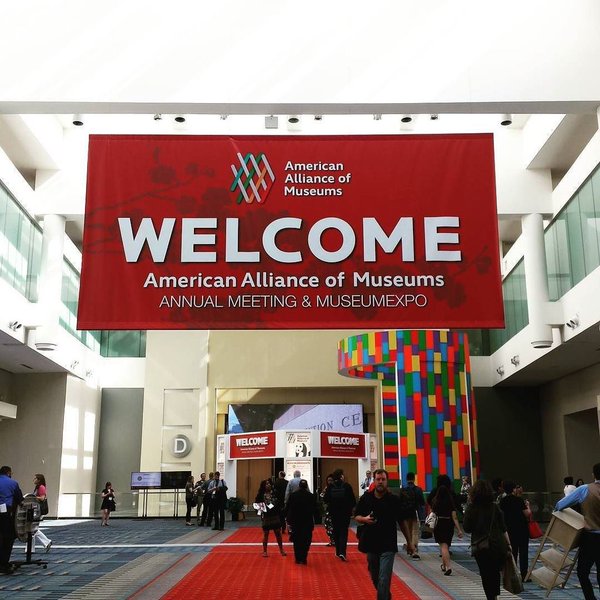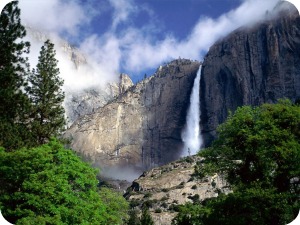Category: Energy Efficiency, Green Buildings, Green Museum, Green Practices, Indoor Air Quality, News, Sustainability
Tags: AAM, brooklyn children's museum, cooper hewitt, green building, green guard, green museum, green museum accord, hvac, indoor air quality, LEED, low vocs, PIC Green, sustainability
Continuing on from the previous post, here is Part II:

Next and probably the most important is installing or retrofitting your HVAC (Heating, Ventilation and Air Conditioning) system. Having a properly functioning and efficient HVAC system is the most effective strategy to reducing dust, particulate and gaseous pollutants. Many damaging pollutants are handled through the use of a layered filtration system (air filters and activated charcoal filters) within the air handling systems at a museum. In exhibit cases and storage units, select materials that will not emit harmful contaminants. Good housekeeping practices, like placing entryway mats will decrease dust and allergens and always use HEPA filters in vacuum cleaners to limit particulate re-distribution. Moisture problems are another common source of indoor air pollution as they can lead to indoor mold growth. Mold can also emit VOCs and particulates, compromising indoor air quality and leading to negative health effects. Since it is impossible to eliminate mold spores, the best way to reduce the impact of mold on indoor air quality is to prevent or promptly repair the moisture problems that enable mold growth. Purchasing a high-grade dehumidifier will solve this problem. So for HVAC systems take the time to learn about what your institution needs, talk to your Facilities manager and invest in a superior ventilation system as it creates healthier indoor air, uses less energy, and saves the museum money. All in all it can make a tremendously positive impact for the collections, staff and visitors.
Lastly, using green cleaning products will drastically lessen the amount toxic chemicals that are brought into a space. Choosing less hazardous products that have positive environmental attributes (e.g., biodegradability, low toxicity, low VOC content, low life cycle energy use) and taking steps to reduce exposure can minimize harmful impacts to collections, building occupants, visitors, plus improve indoor air quality. The best way to start to change over to green cleaning is take the following steps:
1) Plan for your green cleaning program – list every place in the museum that will be affected
2) Select certified products – do your homework and investigate all the ingredients in the chosen product, make sure they are genuinely safe
3) Introduce green equipment and supplies
4) Adopt a green cleaning protocol with specific procedures listed
5) Lastly share the responsibility
A key aspect for any museum to adopt green standards is to share the knowledge and responsibilities among the staff. The more people are involved, the easier it will be to convince those skeptical of all the benefits from taking the above actions.
Indoor air quality is important to health, productivity and learning. And since a museum’s prime focus is a learning instrument, it is vital that we take appropriate conservation measures to ensure longevity for the collections and people.
Below are some additional resources to learn more about how to improve your indoor air quality and ultimately, green your museum.
Indoor Air Quality Association
Center for Environmental Health
PIC Green – AAM Sustainable Committee
Green Museum Accord
American Institute for Conservation
Green Guard
Cooper Hewitt Green Exhibition Design
Children’s Museum Pittsburgh
Brooklyn Children’s Museum
 Here is a recap of the PIC Green Events at AAM 2016 Conference and Expo. First, all the events and sessions were an overwhelming success! So, it shows there is a definite growing interest to learn how to make your institution more sustainable.
Here is a recap of the PIC Green Events at AAM 2016 Conference and Expo. First, all the events and sessions were an overwhelming success! So, it shows there is a definite growing interest to learn how to make your institution more sustainable. Our winners for the SEA (Sustainability Excellence Awards) for the following categories: Facilities, Programs and Exhibits were as follows:
Our winners for the SEA (Sustainability Excellence Awards) for the following categories: Facilities, Programs and Exhibits were as follows: And the field trip to the US Botanic Garden was educational and bursting with sustainable initiatives, we even received our very own instruction manual for teaching. Check out the Sustainable SITES Initiative!
And the field trip to the US Botanic Garden was educational and bursting with sustainable initiatives, we even received our very own instruction manual for teaching. Check out the Sustainable SITES Initiative!
